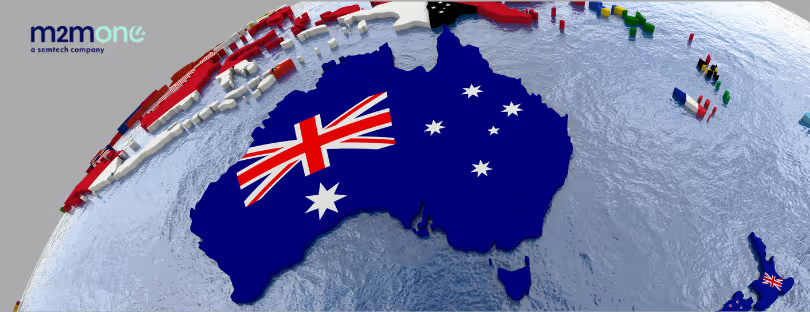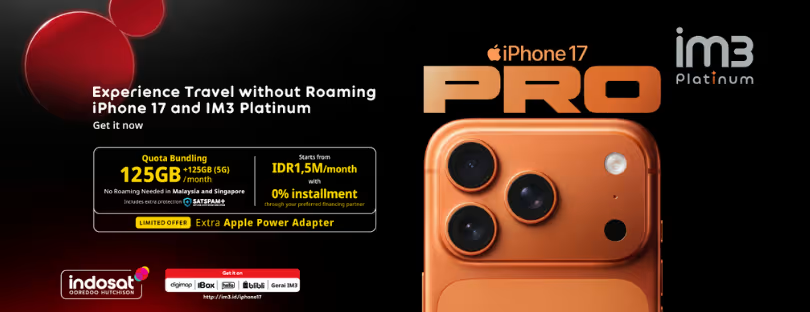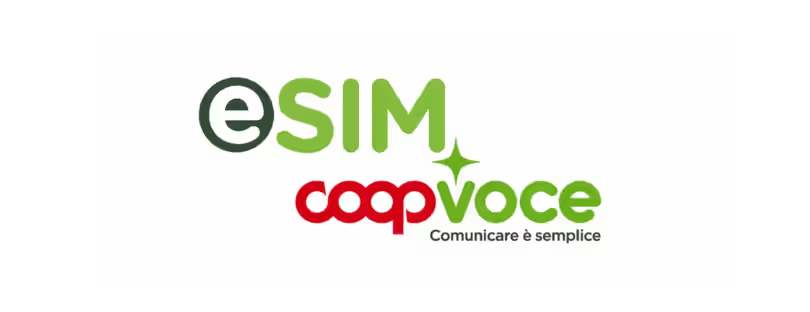
Fastest Travel eSIMs of 2025 — Why Ubigi Leads and Others Lag
For travellers, an eSIM is more than just a virtual SIM card — it’s your gateway to everything that matters on the road: maps when you’re lost, messages when plans change, booking confirmations when you’re rushing to catch a flight, and a lifeline to friends, family, or colleagues.
Get it right, and you’ll have smooth high-speed access from the moment you land — no queuing for a local SIM, no searching for a café with free Wi-Fi. Get it wrong, and you might be stuck watching maps load pixel-by-pixel, dealing with choppy video calls, or paying through the nose for mediocre service.
That’s why speed matters. Fast, stable data can make the difference between stress and smooth sailing — whether that’s uploading a batch of photos before your train leaves or streaming a TV show without buffering after a long day of sightseeing.
We came across an extensive piece of research from Travel eSIM Expert — an ambitious 18-month study that tested 22 eSIM providers across 10 countries, running more than 150 speed trials. The providers included Roamless, GoMoWorld, Ubigi, Saily, Yesim, eSIMX, eSIMo, BNESIM, Roamify, Nomad, Esimatic, RedteaGo, Holafly, Instabridge, Jetpac, Global YO, KnowRoaming, GigSky, Sim Local, Firsty, aloSIM, and Airalo. It’s one of the most detailed looks at eSIM performance we’ve seen. In this article, we draw on their data, analysis, and findings — spotlighting the most compelling results and adding our perspective on what they mean for travellers in the real world.
And here’s the first surprise: some of the most famous eSIM brands didn’t even crack the top five. Popularity doesn’t always mean performance.
The Top 5 Fastest eSIMs — and How They Were Chosen
Finding the true fastest eSIM isn’t just about who wins in one country — it’s about who can deliver across very different network conditions. A provider that tops the charts in Portugal’s high-speed 5G environment might struggle in places where infrastructure is less advanced, like parts of Colombia.
To account for this, the study compared performance in four representative countries: the UK, Portugal, the USA, and Colombia. Instead of relying on raw speed alone, results were converted into percentile scores within each country. This made it possible to compare providers fairly, even when average national speeds varied dramatically.
The result is a ranking that rewards consistency, not just occasional record-breaking numbers. These top performers are the ones most likely to keep travellers connected at high speeds, whether they’re in a major European capital or a more challenging mobile market.
Travel eSIM Expert Key Highlights & Findings
- Ubigi is crowned as the fastest eSIM overall with a 95.1% percentile score.
- Ubigi combines best-in-class speeds in Portugal and the USA with among the fastest speeds tested in the UK and Colombia.
- Roamless and GoMoWorld make up the top 3 elite eSIMs available right now.
- 7375% speed difference between the fastest and slowest eSIM speeds tested.
| Rank | 1. Ubigi | 2. Roamless | 3. GoMoWorld | 4. BNESIM | 5. Jetpac |
|---|---|---|---|---|---|
| Overall Score | 95.1% | 90.4% | 82.9% | 60.2% | 59.2% |
| Standout Speeds & Markets | Portugal – 897 Mbps (1st) USA – 401 Mbps (1st) Top 3 in the UK & Colombia |
UK – 447 Mbps (1st) Portugal – 2nd Colombia – 2nd |
Portugal – Top 3 UK – Top 3 Solid in the USA |
Portugal – 518 Mbps Steady across all markets |
Colombia – 5th place Solid in all other test locations |
| Summary | Blazing-fast results in Portugal and the USA, backed by solid showings in more demanding regions. Ideal for travellers seeking premium speeds across the globe. | Outstanding performance in the UK with strong results in Portugal and Colombia. Slightly lower speeds in the USA prevent it from claiming first place. | Consistent performer in top destinations, though speeds drop in Colombia. Well-suited for travellers who value dependable connections. | Steady, uniform speeds across all tested countries, with standout performance in Portugal. A great option for those prioritising reliability over maximum speed. | Performs well in a variety of markets, including tougher ones like Colombia. A dependable choice for travellers wanting consistent coverage everywhere. |
Fastest eSIM in the United Kingdom (UK)
Fastest eSIM in the USA
Fastest eSIM in Portugal
Ubigi claimed first place with a staggering 897 Mbps, closely followed by Roamless at 866 Mbps. Both speeds are more than capable of handling even the most demanding online activities, from streaming in 8K to downloading large files in seconds. GoMoWorld, Sim Local, BNESIM, KnowRoaming, and Global YO also delivered outstanding results, all exceeding 400 Mbps—performance levels that would be top-tier in almost any other market.
The biggest gap came at the bottom end, where aloSIM managed 24 Mbps, showing how widely results can vary even within the same city. Much of Portugal’s exceptional showing comes down to the strength of the MEO 5G network, which consistently delivered the highest speeds for top-tier providers. For travellers who want the best possible data experience in Portugal, choosing an eSIM that connects to MEO is a smart move.









